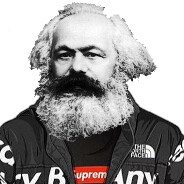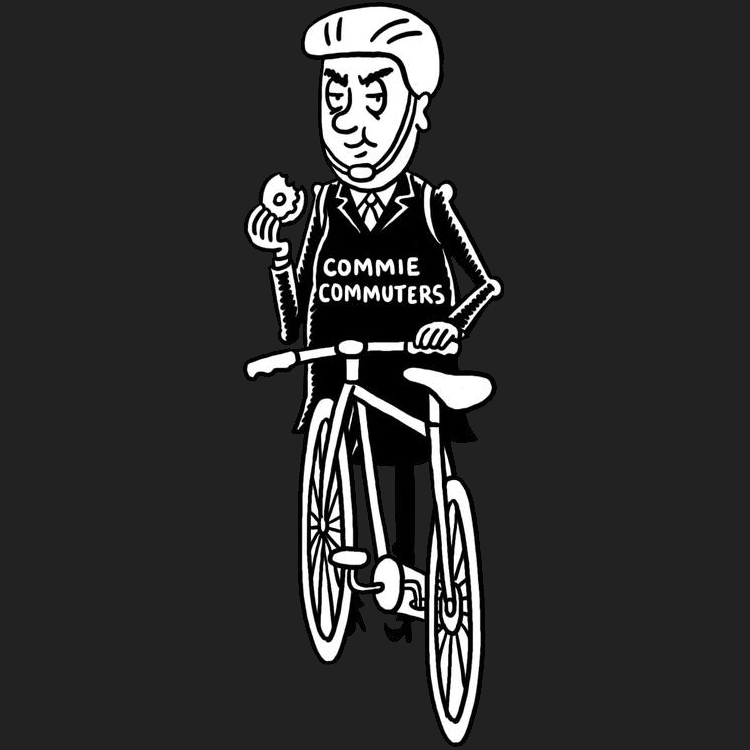See title. Just remembered I wanted some reading on it if possible. Info on other psyops relating to art history would be pretty cool too
A lot of what people think is pomo art is actually just modern art but people don’t know the difference
Anime is postmodern art, don't @ me.
Thanks, mainly thought it was postmodern art because I remembered someone talking about it in a comment section lol. Looks interesting, I'll give those a read.
No offense taken :heart-sickle: always good to learn something new. Thanks for the explanation.
relevant:
https://www.chronicle.com/article/how-iowa-flattened-literature/
"With CIA help, writers were enlisted to battle both Communism and eggheaded abstraction. The damage to writing lingers."
https://ratical.org/ratville/CAH/CIAcultCW.html
" One of the most important and fascinating discussions in Saunders' book is about the fact that CIA and its allies in the Museum of Modern Art (MOMA) poured vast sums of money into promoting Abstract Expressionist (AE) painting and painters as an antidote to art with a social content. In promoting AE, the CIA fought off the right-wing in Congress. What the CIA saw in AE was an "anti-Communist ideology, the ideology of freedom, of free enterprise. Non-figurative and politically silent it was the very antithesis of socialist realism" (254). They viewed AE as the true expression of the national will. To bypass right-wing criticism, the CIA turned to the private sector (namely MOMA and its co-founder, Nelson Rockefeller, who referred to AE as "free enterprise painting.") Many directors at MOMA had longstanding links to the CIA and were more than willing to lend a hand in promoting AE as a weapon in the cultural Cold War. Heavily funded exhibits of AE were organized all over Europe; art critics were mobilized, and art magazines churned out articles full of lavish praise. The combined economic resources of MOMA and the CIA-run Fairfield Foundation ensured the collaboration of Europe's most prestigious galleries which, in turn, were able to influence aesthetics across Europe.
AE as "free art" ideology (George Kennan, 272) was used to attack politically committed artists in Europe. The Congress for Cultural Freedom (the CIA front) threw its weight behind abstract painting, over representational or realist aesthetics, in an explicit political act. Commenting on the political role of AE, Saunders points out: "One of the extraordinary features of the role that American painting played in the cultural Cold War is not the fact that it became part of the enterprise, but that a movement which so deliberately declared itself to be apolitical could become so intensely politicized" (275). The CIA associated apolitical artists and art with freedom. This was directed toward neutralizing the artists on the European left. The irony, of course, was that the apolitical posturing was only for left-wing consumption. "
I'd also just recommend watching Ways of Seeing on youtube. https://www.youtube.com/watch?v=0pDE4VX_9Kk
The forces of wealth/capital are constantly manipulating cultural norms and aesthetics. This is the historically material reality of art/culture/aesthetics.
the academic industrial complex is CIA even without those shadowy deep state NGOs
The Cultural Cold War: The CIA and the World of Arts and Letters by Frances Stonor Saunders covers this pretty thoroughly. Unfortunately, it felt too friendly to the CIA perspective but still a good read
Found this on their foia archives.
Doesn't go into funding, but it shows that they saw modern art as an attack vector.



